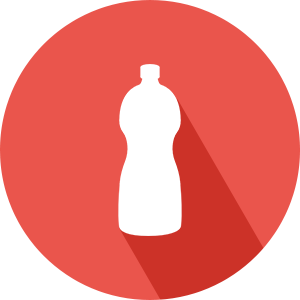Nowadays we are more individualistic than ever. We are encouraged to make our own decisions, live the life in a way that we like. And yet, 72% of ads contain assertive language. Brands tell us what to do quite explicitly - “visit our Facebook page”, “floss daily”, “eat healthy”.
How do people react when brands tell them what to do?
Posted in Archive, Advertising
published on Monday, 07 May 2018
We all know that one friend who wants to have luxury products so bad, they don’t spend too much time thinking whether they actually need the product or if it is of good quality. They just want to have it, no matter what!
Other people are completely insensitive to luxurious brands. They explain that they can buy high quality products from cheaper brands, too.
These are examples of two groups of people. What drives their behaviour? Neuromarketing has the answers.
Posted in Archive, Conversion
published on Thursday, 19 April 2018
When looking at neuromarketing, a lot of emotions have been examined. One that may have been underexposed, is jealousy. Until now! A recent manuscript by Huang, Dong & Wyer Jr (2016) elaborates the role of jealousy in product preference. I bet you have encountered jealousy at least once in life, think about your partner having an intimate conversation with a man or woman you don’t know. Jealousy is an emotion that is encountered quite a lot in everyday life, and after reading this, you as a marketeer, can use this specific emotion to your advantage.
Posted in Archive, Strategy
published on Monday, 26 March 2018
What is your association with thinness? Discipline? Beauty? Health? That doesn’t come as a surprise. Advertisers, the movie industry and social media are reinforcing these associations every day, making us believe that being thin is hard work and that everyone can be thin, provided that they have sufficient self-discipline. In Western societies we even see a stereotypical connection between a person’s weight and their economic value, such as success and financial achievement. On the contrary people with a high Body Mass Index (BMI) tend to hold a negative body image about themselves and are more likely to be affected by those idealized standards.
Posted in Archive, Conversion
published on Friday, 09 March 2018
Even Eminem benefits from neuromarketing
Remember Eminem? He was gone quiet for almost four years. Lately, Post Malone, Drake and Kendrick Lamar have been topping the Global Charts.
Every year in November, MTV Europe Music Awards (EMA) review the year and award the best songs. This year, to everyone’s surprise and confusion, Eminem won the Best Hip Hop song with his most recent creation “Walk on Water”. The song was released days before the EMAs. Even Eminem himself was confused with his award as he hasn’t done anything in years. Was the song so great that everyone instantaneously fell in love with it?
Posted in Archive, Conversion
published on Monday, 08 January 2018





